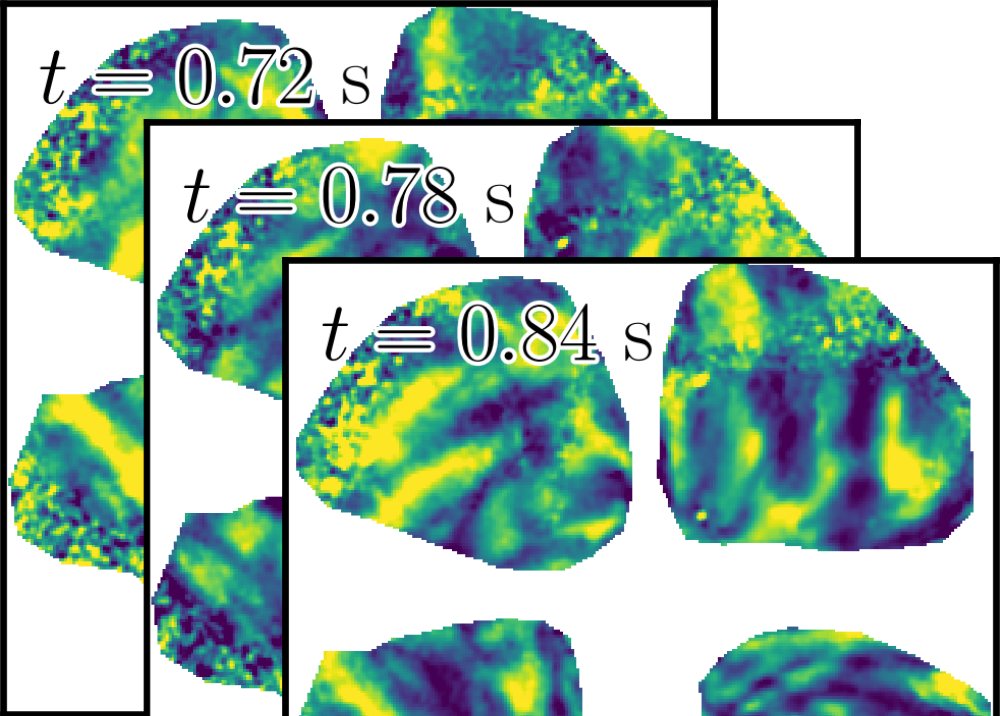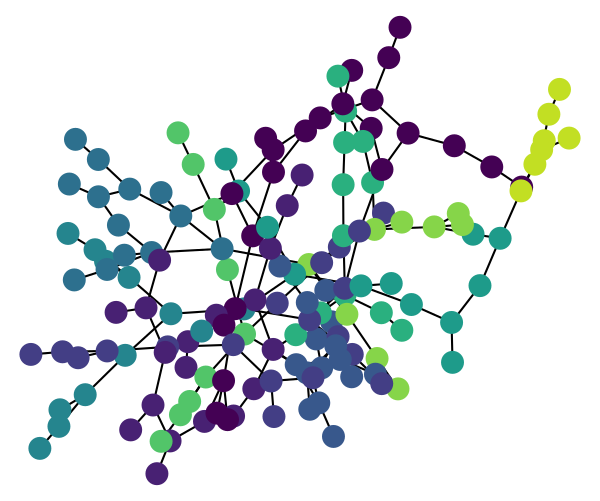News
CaosDB is now LinkAhead
We are excited to announce that we will unify the whole CaosDB/LinkAhead project under the single name “LinkAhead”. Our experience in the recent years has shown that there is a lot of confusion between the two names, and drawing the line between them has become increasingly difficult. This is why you will see more announcements, some links, references, channel names and more migrate towards LinkAhead in the near future. Of course CaosDB’s code will continue to exist and will continue to be free software, but the name will gradually shift to more “LinkAhead” and less “CaosDB”.
Contact
Please feel free to reach out to any of us if there are any questions!
Matrix-Channel: https://matrix.to/#/#linkahead:matrix.org
Mail: info@indiscale.com Source Code: https://gitlab.com/linkaheadPOWERFUL SEARCH
LinkAhead comes with search abilities for a direct access to exactly the data you need. On one hand it is possible to easily get an overview or browse your data. On the other hand powerful queries allow you to target very specific information.
FLEXIBLE
A semantic data model makes LinkAhead very flexible! This does not only mean that the data structures can be adjusted any time by the user, but also that it is easy to extend the data stored in LinkAhead. Thus LinkAhead grows with your needs!
INTEROPERABLE
LinkAhead is designed in a way that allows to integrate LinkAhead into existing workflows in a minimally invasive fashion. It is open source, can be extended and has no closed or restricted intefaces or data formats.
The semantic solution for FAIR data management
LinkAhead is a software toolbox for data management. Its focus lies on managing data in dynamic environments of research and development where changes are too frequent or projects are too small to bear the great cost of implementing a traditional specialized and but inflexible data management system. The research data management system (RDMS) CaosDB uses a semantic data model that allows to grow and change in those dynamic environments!
CaosDB was developed in the Biomedical Physics Group at the Max Planck Institute for Dynamics and Self-Organization in Göttingen and was published as open source software! The best way to start is to see it in action: There is a demo hosted by IndiScale GmbH: Try out the live demo


Max Planck Digital Library funds project to improve CaosDB
The developers of CaosDB are happy to spread the news! The Max Planck Digital Library decided to fund a project residing at the Max Planck Institute for Dynamics and Self-Organisation over two years.
The aim of the project is to “extend the research data management system CaosDB and prepare it for intergroup usage at the MPI for Dynamics and Self-Organization”.
LinkAhead mainly consists of five components:
- A Java server that manages a relational database backend (MySQL/MariaDB) and may be connected to a file structure. LinkAhead does not store data files inside of the backend database, but manages access to the files via links which are stored in the database.
-
- The Git repository for the CaosDB server and the Docs.
- Client libraries which communicate with the server using a RESTful XML API. The currently most stable client libraries are the Python client and the JavaScript client (which is also used to run the WebUI).
-
- The Git repository for the Python client.
- The Git repository containing the WebUI including the JavaScript client.
- The WebUI is constructed mainly to browse and search for data and can also be used to do many more tasks arising in scientific data management and data analysis, like running Python or Julia scripts or helping with complex interactive data management workflows (examples were presented here). It is written in HTML, JavaScript and CSS and generates pages directly from the XML response of the server by using XSL transformations (XSLT). It also includes an interactive data model editor.
-
- The Git repository containing the WebUI including the JavaScript client and the Docs.
- The CaosDB Crawler framework provides an efficient way to insert research data in big quantities and with a high complexity. CaosDB crawlers are customized tools that regularly scan the file system. A crawler automatically indexes all files of interest, possibly opens and parses the files and inserts and updates all relevant information into a CaosDB instance, according to the specific customization
-
- The Git repository “advanced user tools” contains tools for managing data in automated research data management workflows. And here is the Docs.
- The CaosDB Query Language (CQL) plays important part in the whole data management system. In contrast to other query languages like SQL or SPARQL, it has a focus on usability. It resembles English sentences combined with SQL keywords and can be used to issue queries like this:
FIND Experiment with date in 2019. It allows to express powerful semantic queries over the full data model.
-
- The CQL manual can be found here.
We don’t miss the age of chaos!
Unfortunately, data management concepts like the one behind Caosdb are not yet standard. We provide more information on different levels:
SCIENTIFIC ARTICLE
The concept behind Caosdb was published in this scientific article. The article explains the design choices and an overview of the implementation.
DOCUMENTATION
A more hands on introduction is avaliable in the documentation which can be found in the wiki on Gitlab along with the sources. Check it out here!
Contact us
Join the community of developers and users of LinkAhead (formerly known as CaosDB)!
#linkahead:matrix.orgCommercial Services
Commercial services around Caosdb (support, development, etc) are provided by:
IndiScale GmbH
Several core Developers of Caosdb belong to the Team of IndiScale GmbH. IndiScale GmbH provides software subscriptions, support and tailered software development.
Visit: indiscale.com